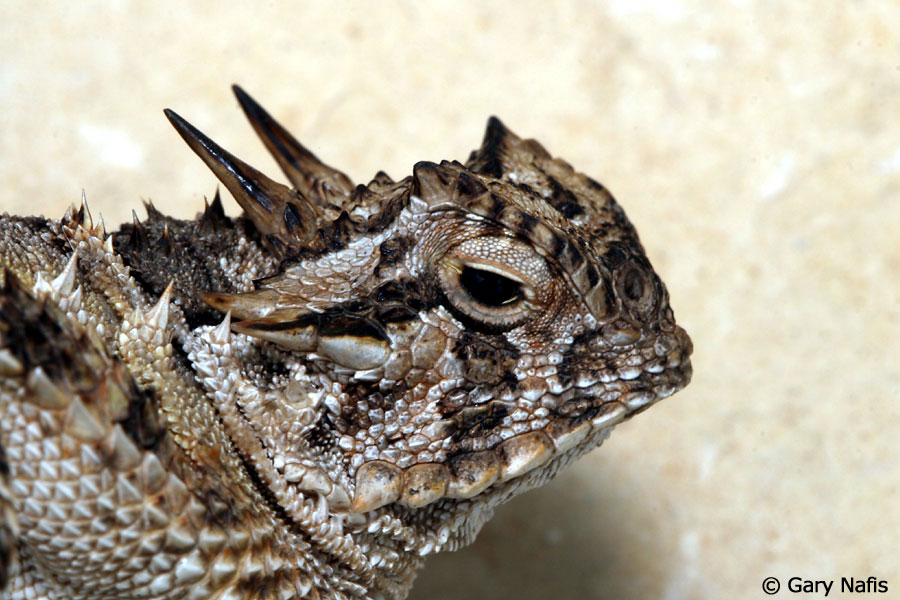 When we talk about wildlife in Texas, we often think about game animals like White-tail Deer, Fox and Gray Squirrels, Wild Turkey, and myriads of ducks, geese, and doves. However, every animal that is not a game or exotic animal, is classified as non-game wildlife.
When we talk about wildlife in Texas, we often think about game animals like White-tail Deer, Fox and Gray Squirrels, Wild Turkey, and myriads of ducks, geese, and doves. However, every animal that is not a game or exotic animal, is classified as non-game wildlife.
Although Texas Parks and Wildlife Department (TPWD) provides many hunting programs with sources of funding by hunters for those programs, there are few funding programs that people can participate in for non-game wildlife. Most of the current wildlife budget goes to game species with a very small portion going to the Wildlife Diversity Program of TPWD, which is responsible for non-game wildlife.
In part, because of this lack of a significant direct funding source for non-game wildlife programs, TPWD gives much less attention to non-game wildlife. Funds for the State Parks Division of TPWD are used for major and minor repairs and maintenance of the state park system, although preservation of habitat within state parks indirectly benefits both game and non-game wildlife.
There are 47 “Wildlife Management Areas” (WMAs) which contain some phenomenal landscapes, ecosystems, and wildlife. The WMAs range from the 37-acre Redhead Pond to the over 100,000-acre Black Gap WMA.
To give you an idea of the diversity of some of these WMAs, Texans own: Nannie M. Stringfellow WMA, a prime “Columbia Bottomland Forest”; Mad Island WMA, one of the most diverse birding spots in the United States; Elephant Mountain WMA, a Big Bend/West Texas specialty; Guadalupe Delta WMA, a coastal river delta treasure; the Lower Neches River WMA, a Deep East Texas bottomland hardwood forest and canoeing/kayaking paradise; the Gus Engeling WMA, a Post Oak Savannah habitat; and Las Palomas WMA, Lower Rio Grande Valley Units, Valley Tamaulipas native brush and wetlands.
Hunting license fees do not benefit non-game wildlife. How can we fund non-game wildlife better? There are several ways that might be pursued.
One way to increase funds for non-game wildlife is to have a “Wildlife Diversity Funding Option”. This would include enhancement of the existing Limited Public Use permit and renaming it the “Wildlife Diversity Pass”. Although the Limited Public Use permit is currently required for non-hunters who visit a WMA, the re-naming and promotion of a pass focused on the benefit of non-game wildlife could increase revenues available for the TPWD Wildlife Diversity Program.
Like special options that TPWD provides to hunters for game species, the “Wildlife Diversity Pass” might provide special opportunities to appreciate non-game wildlife at WMAs. These opportunities could include a day tour with a TPWD biologist; tour of WMAs to view special habitats; opening certain WMAs, like Mad Island WMA, for special tours to view Sandhill Cranes, and special lectures by TPWD biologists.
TPWD already has a “specialty wildlife license plate” that can be bought for your car with a “Keep Texas Wild” message and different wildlife pictured on each plate. If the process to obtain these license plates is streamlined, it would simplify the process for non-game wildlife supporters to purchase the plate and generate more funds for the TPWD Wildlife Diversity Program.
In the future the Sierra Club will be looking at how non-game wildlife can be supported and or funded more appropriately. If you are interested in working to help non-game wildlife please contact either Evelyn Merz (713-644-8228, elmerz@hal-pc.org) or Brandt Mannchen (281-570-7212, brandtshnfbt@juno.com). All of our Texas native critters need our help!
Photos courtesy of Gary Nafis.